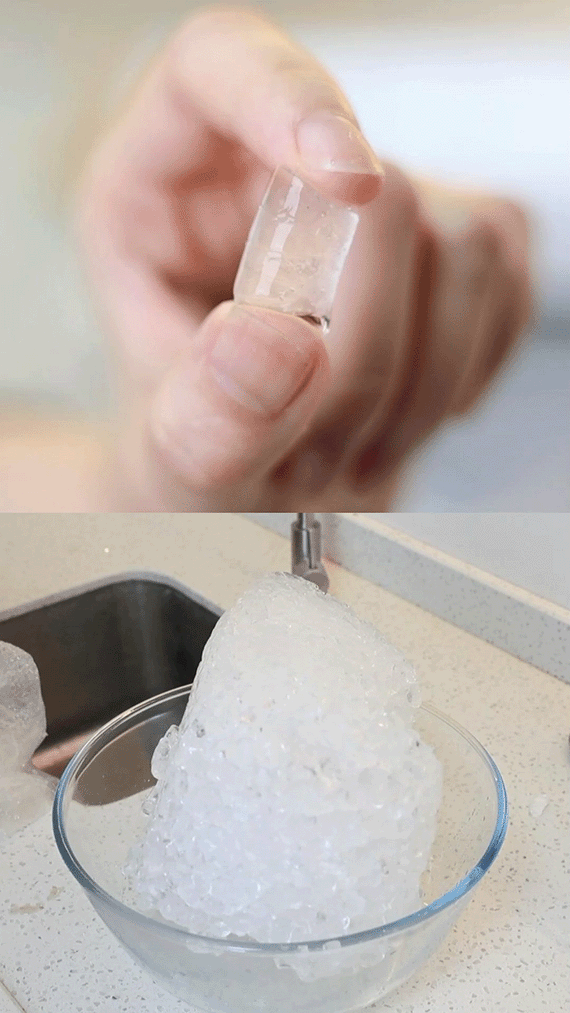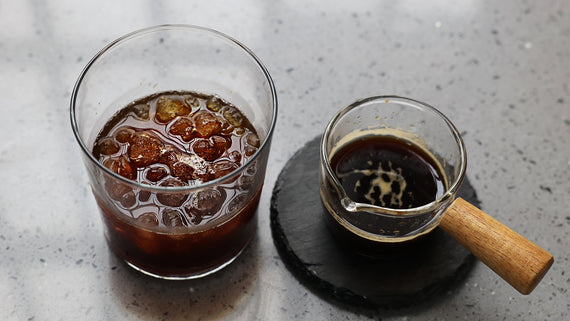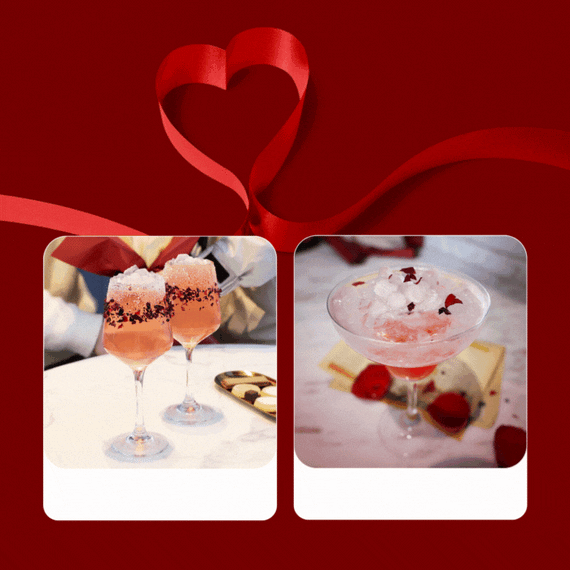Two Types of Amazing Ice You Need to Know
Gevi is a professional manufacturer of ice makers with experienced R&D team, in which engineers have all devoted themselves to the research of ice makers, not just nugget ice and bullet ice but more in the future. Actually, they are not nerds who are just sitting in the laboratory staring blankly and they’ll pay much attention to the news about amazing ice like ice balls and pancake ice- two types of ice in weird shapes. Today, we are going to share more detailed information about them.
Here’s everything you need to know about it. Interested? Let’s explore them with Gevi team!
Ice ball
You’ll absolutely marvel at the wonders of nature at the moment getting the first sight of an ice ball and can’t wait to explore what is it. As the name suggests, an ice ball is shaped more or less like a ball, which is much the same as bullet ice. It was first noticed along the Milwaukee shore of Lake Michigan in January 1906, very peculiar. [1] About 500 ice balls football-size appeared on Weser beach in 2003. [2] The phenomenon was so unique that it was worthwhile doing a careful study.
The balls were very soft, spongy, and fragile, with diameters ranging from 4-100cm. Most of them appeared on the lakeshore or on shallow beaches. It mixes up slush, sand, and other materials, generally arranged in “streams” or aligned in several rows.
So, how does it form? Dynamic motion is involved in the formation of ice balls. The conditions are complex, with several factors such as weather, water, and terrain of the waterfront. The snowfall during low tide increases the amount of slush. The movement of the water leads to the whirling up of the mixture, snow, and slush so that they contact each other and stick together. The most important requirement seems to be temperatures degrees below freezing to form ice balls.
What shapes it as a ball depends on the waves, the speed, and the direction of the wind, which push the ice ball toward the beach together. In addition, there must be a wide, flat beach so the surge of the waves can carry ice balls forward a considerable distance. If there is no shallow beach, the ice ball might be flooded by water and not be observed.
In general, it only takes 2~3 days to form an ice ball, requiring the coordination of snow, temperature, waves, and wind, really difficult to control the conditions. It is also an important reason why the ice ball phenomenon is so rare in the world.

Photo credit: Risto Mattila
Pancake ice
Pancake ice, rather like a plate, is a form of sea ice that is composed of circular pieces of ice, with a diameter ranging from 30 cm (12 inches) to three meters (10 feet) and thickness up to 10 cm. [3] It features raised edges accumulating by slush and frazil ice that is a collection of loose and plate ice crystals taking shape on turbulent water, random bumping into each other frequently.

So, how does the “delicious” ice form? Actually, pancake ice forms among grease ice, which is a thin layer of frazil crystals clumped together on the surface of agitated conditions like turbulent waves. When grease ice breaks up, pancake ice forms out of pieces. If the waves are strong enough, pancake ice can raft and collide with each other, resulting in an uneven surface. More surprisingly, the ice will freeze into a solid ice sheets and grow larger over the winter.
Pancake ice is said to be increasing in the Arctic, and some scientists speculate that climate change could be a contributing factor. It is not only fascinating for the shape, but also it indicates much about polar climatological conditions.

Photo credit: Oceanwide Expeditions
Whether ice ball or pancake ice, the unique gifts are given by marvelous nature, are formed under different natural conditions, showing the power of nature. After knowing about these, Gevi engineers’ knowledge not only focuses on sonic ice and bullet ice. We also wonder if they’ve got inspiration from the news and developed different shapes of ice machines in the coming years. Follow our engineers and look forward to our awesome Gevi ice maker soon!
Reference
[1] Case EC. A peculiar formation of shore ice. The Journal of Geology, 1906, 14(2): 134-137. DOI:10.1086/621287
[2] Eisen O, Freitag J, Haas C et al. Bowling mermaids; or, How do beach ice balls form? Journal of Glaciology, 2003, 49(167): 605-606. DOI:10.3189/172756503781830485
[3] https://oceanwide-expeditions.com/to-do/experiences/pancake-ice



